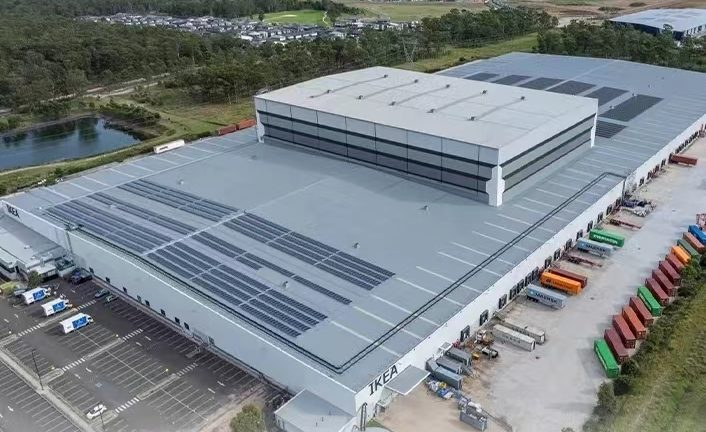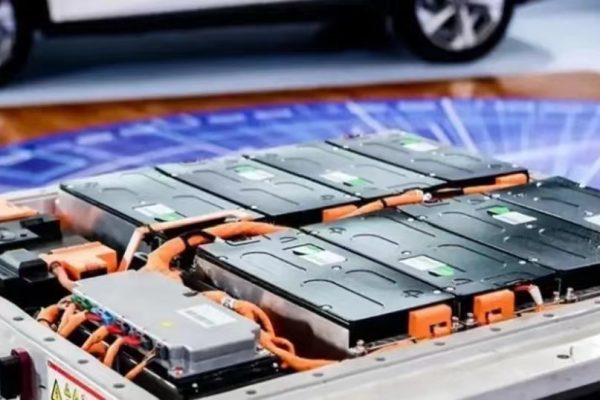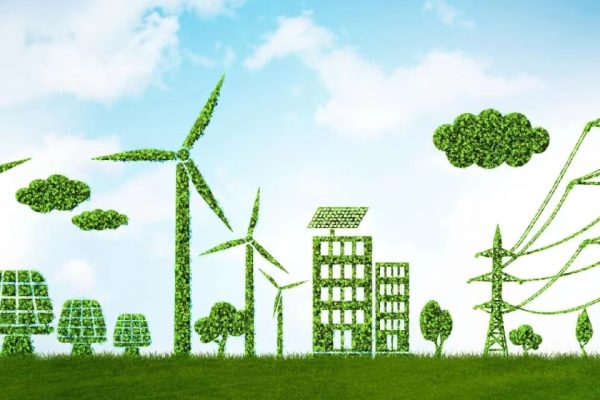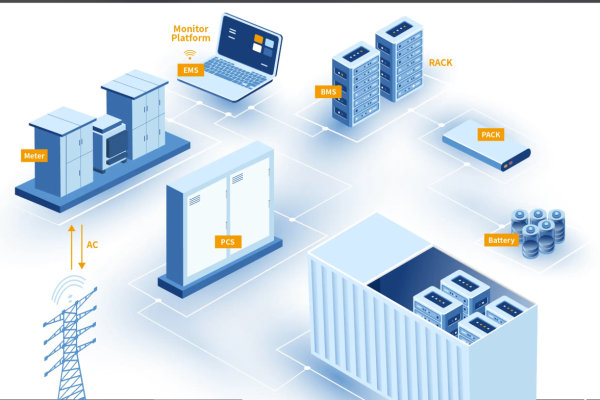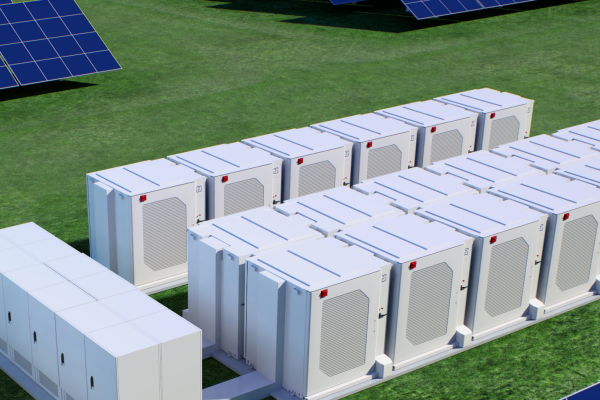Delivering Value Without Owning the Technology
1. Introduction
In the solar and energy storage (ESS) industry, many foreign clients traditionally look for manufacturers or high-tech OEMs as their first choice for procurement. But for small to mid-sized buyers—especially in fragmented and fast-changing markets—what they truly need is not always cutting-edge innovation, but reliable execution and technical matching.
If you’re a non-R&D foreign trade partner, you may not own patents or operate a factory, but that doesn’t mean you can’t win trust. In fact, by focusing on project understanding, system matching, and fast, flexible response, you can often outperform larger players in small and customized projects.
2. Why Trust Matters More Than Price
For energy projects—especially with inverters, batteries, and storage systems—a good price is important, but technical alignment and reliability are even more crucial. Mismatched components, late deliveries, or inadequate support can lead to:
- Project delays
- On-site installation problems
- Customer dissatisfaction
- Costly redesigns or rework
As a trade partner, your main role is to reduce these risks by acting as a technical filter and solution provider, not just a product forwarder.
3. What Foreign Clients Need in a Technical Trade Partner
When an installer or small EPC firm abroad chooses to work with a non-manufacturer, here’s what they actually expect:
| Need | What You Can Provide |
|---|---|
| ✅ Solution matching | Help them choose the right inverter-battery combination |
| ✅ Honest advice | Filter hype, explain risks (e.g., off-brand BMS issues) |
| ✅ Fast replies | Sizing suggestions, layout advice, datasheets |
| ✅ Technical transparency | Share wiring diagrams, manuals, certifications |
| ✅ Logistics coordination | Assist in mixed shipments, flexible MOQ |
| ✅ Post-sales support | Help diagnose simple site issues |
This is where you add value, even if you didn’t invent the product.
4. Core Strategies to Build Trust Without R&D
🎯 1. Master the System Design Logic
Your clients don’t expect you to invent hybrid inverters—but they do expect you to know:
- The difference between AC-coupled and DC-coupled setups
- How battery sizing works for backup vs. cycling
- Which protocol a lithium battery needs to talk to a specific inverter
- What “grid-forming” means and when it’s required
👉 The more you speak the project language, the more they see you as a partner—not just a middleman.
📚 2. Share Practical Knowledge, Not Buzzwords
Instead of repeating vague product features, explain how the solution fits the site. For example:
Instead of saying “Smart EMS” →
Say: “This model lets your customer set time-of-use charging, and it includes remote monitoring in English.”
This kind of applied understanding builds confidence much faster than quoting specs alone.
📦 3. Offer Integrated or Pre-Matched Kits
Clients often face friction when they try to mix brands themselves. You can create value by offering:
- Pre-tested inverter + battery bundles
- Layout suggestions for 10kW, 50kWh, or 100kWh systems
- Rack or cabinet options matched to use case
- Suggested SLD (single-line diagram) drafts for quick review
These services don’t require R&D, but they make you more helpful than a factory that only sells units in bulk.
🛠️ 4. Respond Like a Project Manager
Speed + clarity = trust.
When a client says “My load is 60kWh/day, can you recommend a system?”, give them:
- A direct answer
- A simple system outline (e.g., 15kW hybrid inverter + 3 x 20kWh Li-ion battery)
- An explanation of why it works
- Datasheets and lead times
This saves your client hours of research and makes you their go-to contact.
🤝 5. Be Honest About What You Don’t Know
Ironically, one of the fastest ways to build credibility is to say “Let me confirm that with the supplier.” This shows you:
- Don’t bluff
- Care about accuracy
- Have a channel to get expert answers
In energy storage, where details like protocol versions and firmware matter, this honesty is far more valuable than pretending to know everything.
5. Use Cases: Where a Non-R&D Partner Excels
| Scenario | Why You’re the Better Choice |
|---|---|
| 🔹 Small commercial users want 30kW + 100kWh | You can mix inverter + battery brands to meet budget and timeline |
| 🔹 Rural or island projects | You understand generator compatibility and off-grid setups |
| 🔹 Clients need mixed containers | You can consolidate suppliers and provide partial shipments |
| 🔹 New installers | You offer diagrams, remote training, and tech filtering |
These are areas where large R&D players often underperform due to rigid processes or high MOQs.
6. Recently Published Articles You May Like
- 👉 PV System Design Considerations When Adding Storage
- 👉 Understanding the Basic Layout of a Home ESS
- 👉 System Layout: Rack, Container, Cabinet – What to Choose?
7. Conclusion
Being a non-R&D trade partner is not a limitation—it’s a strategic position. In the fast-moving world of small-scale PV+ESS projects, clients want solutions, speed, and understanding. Your technical literacy, clear communication, and system coordination ability are what truly build trust.
You don’t need a lab to be valuable.
You just need to be the one who helps things make sense and work.





